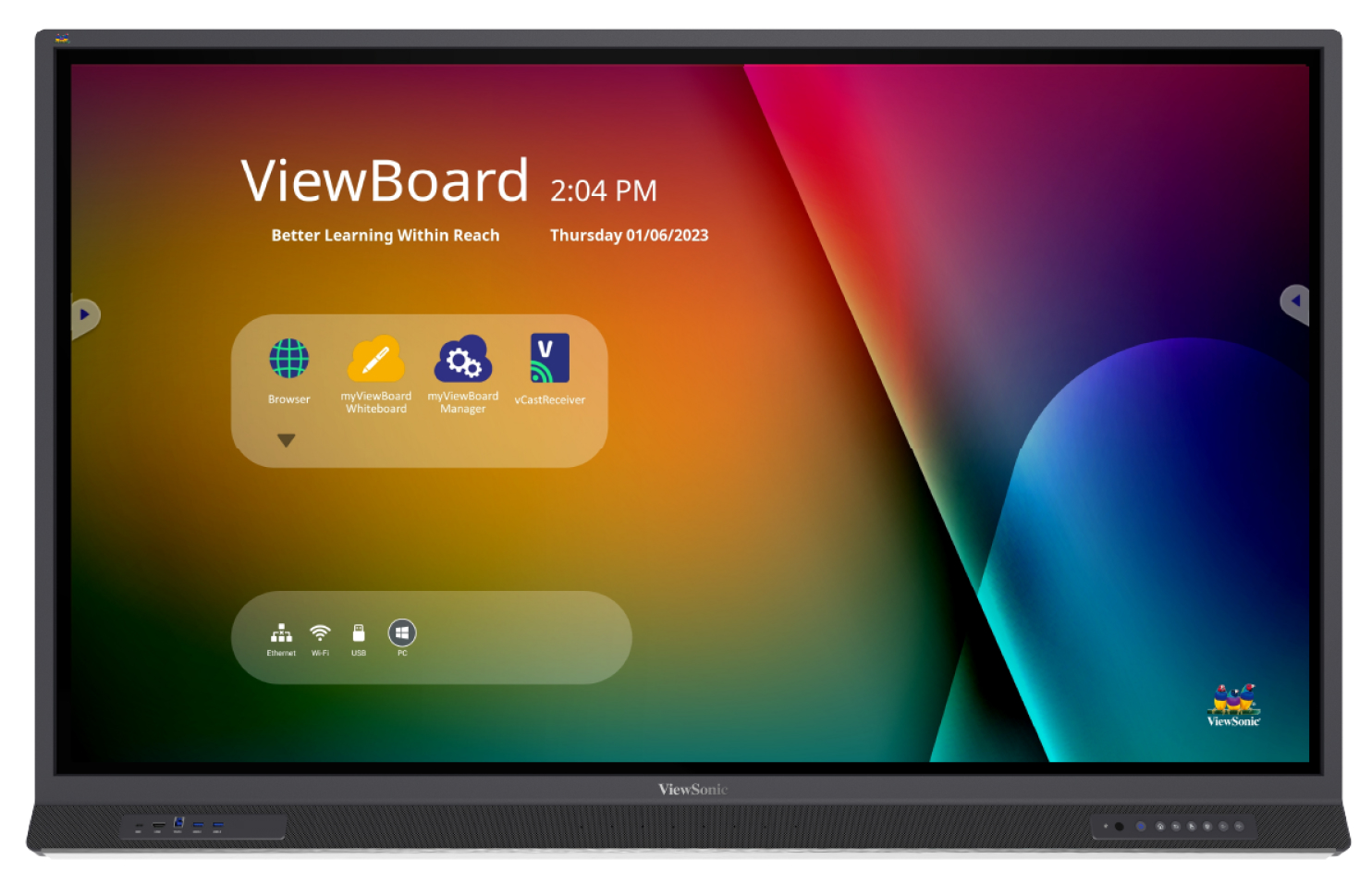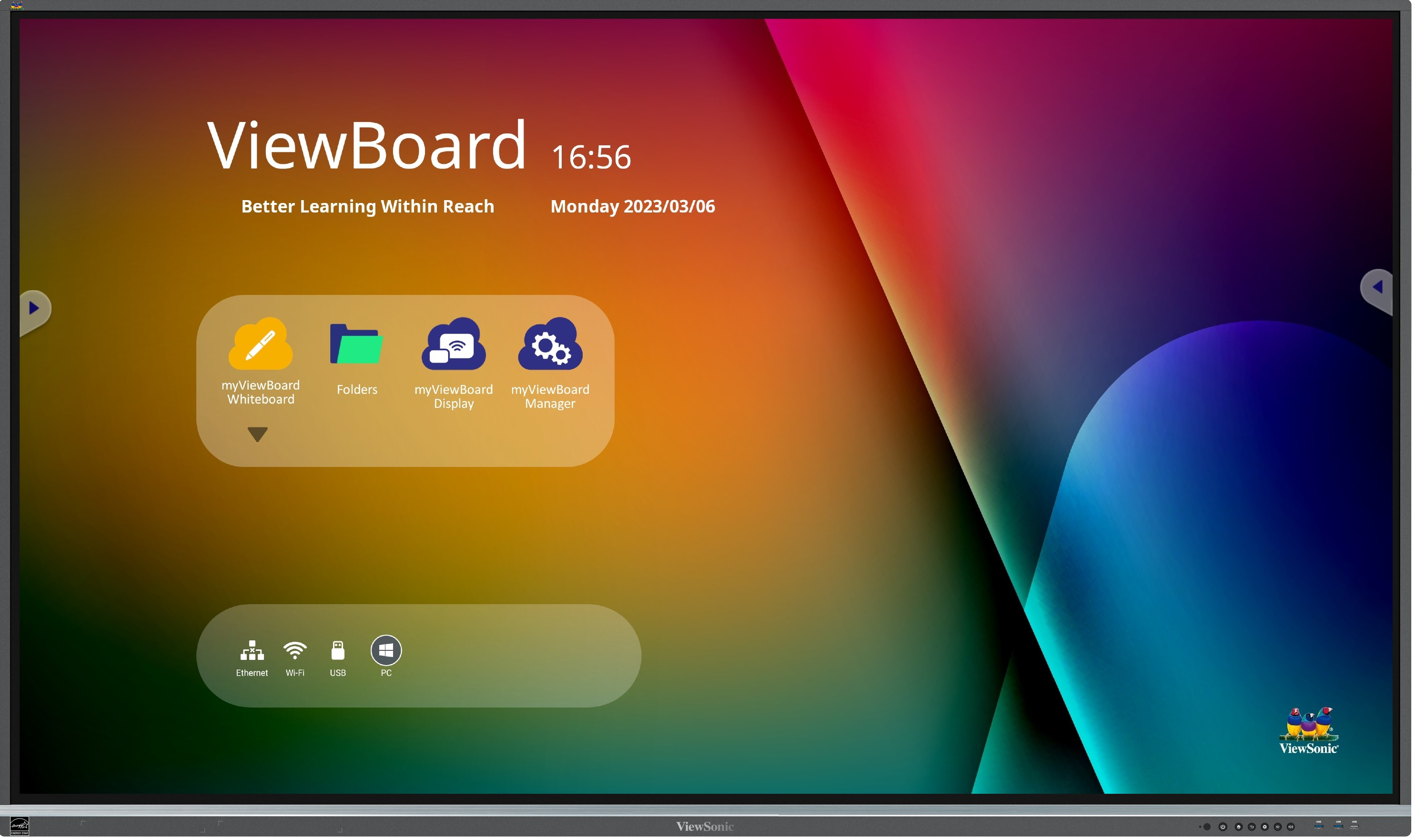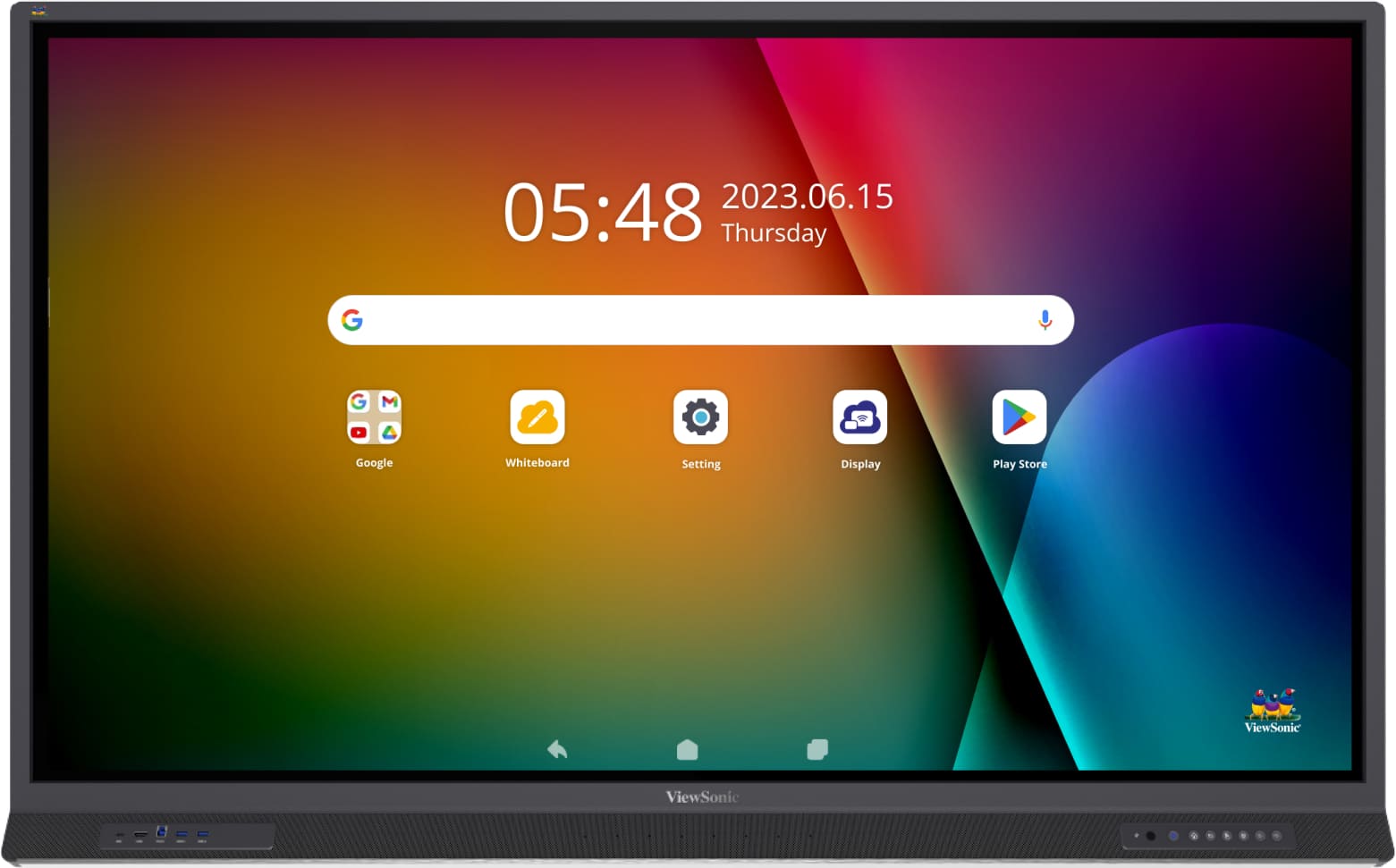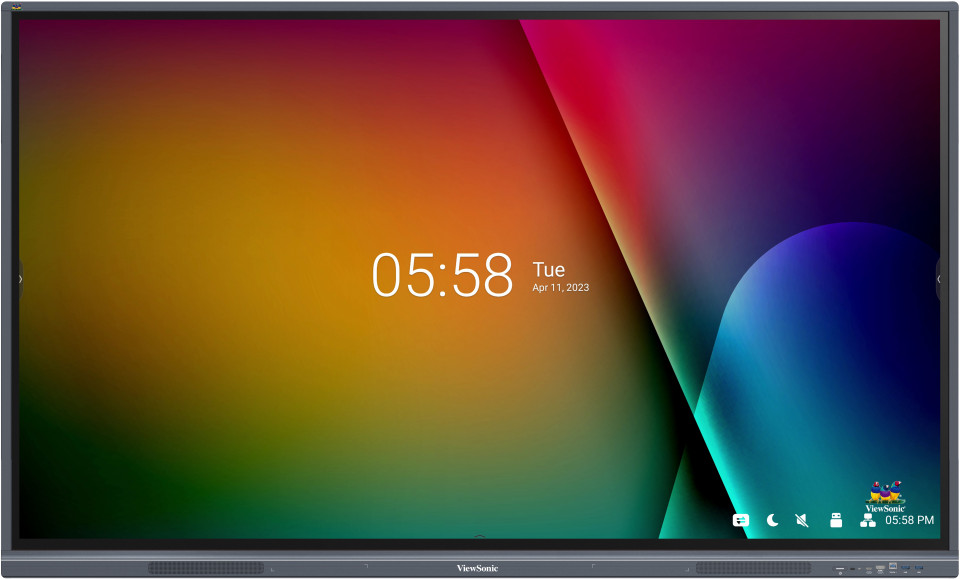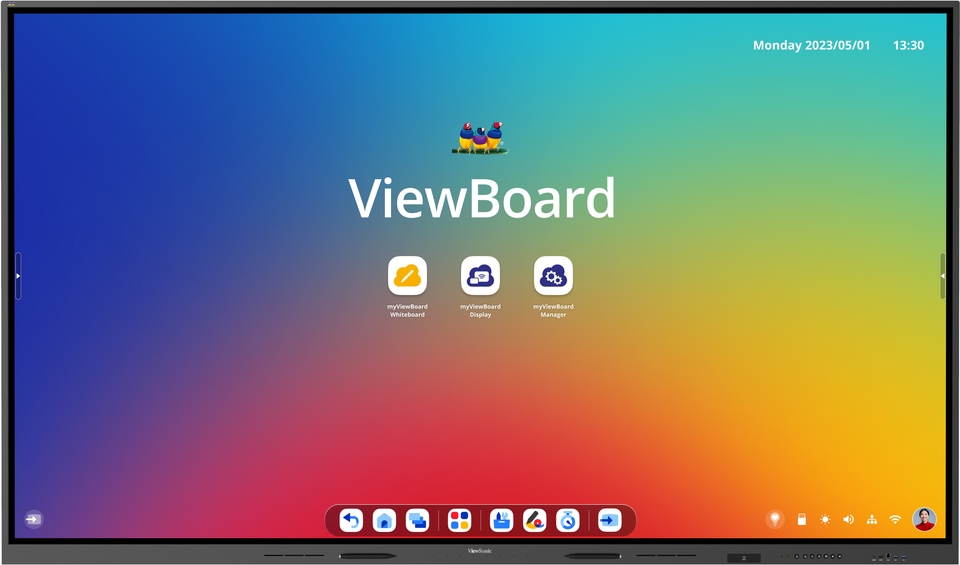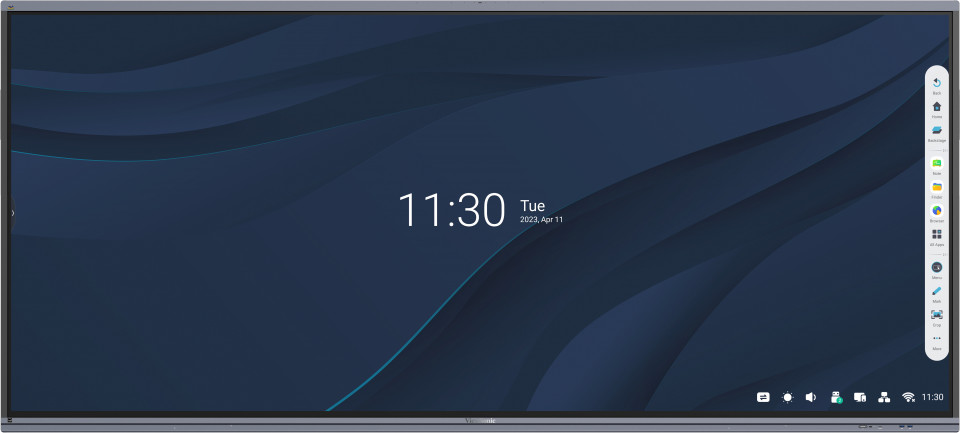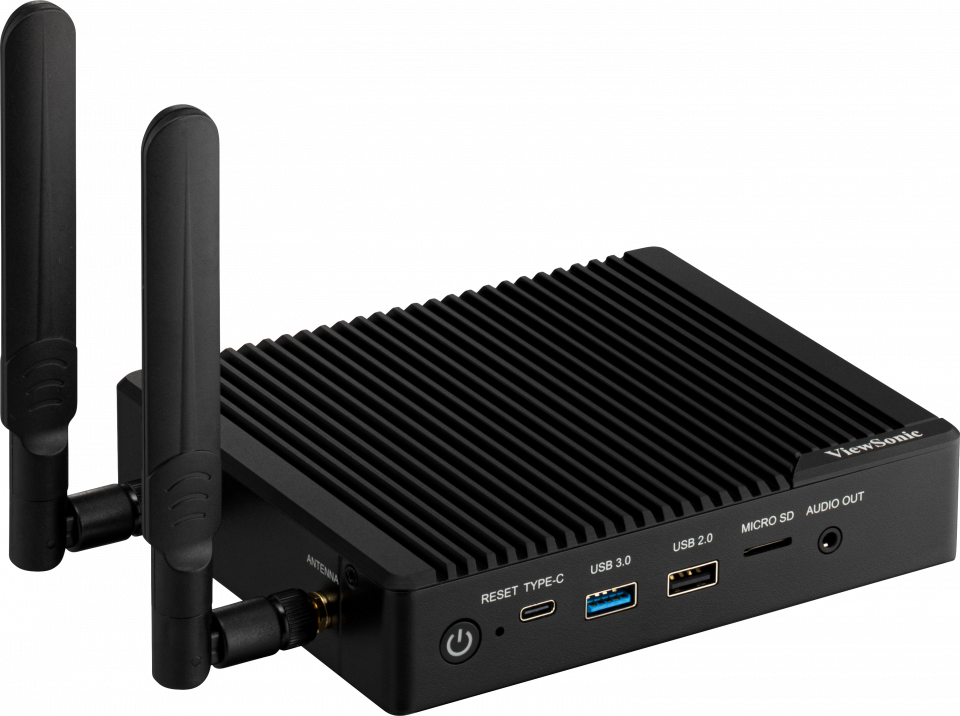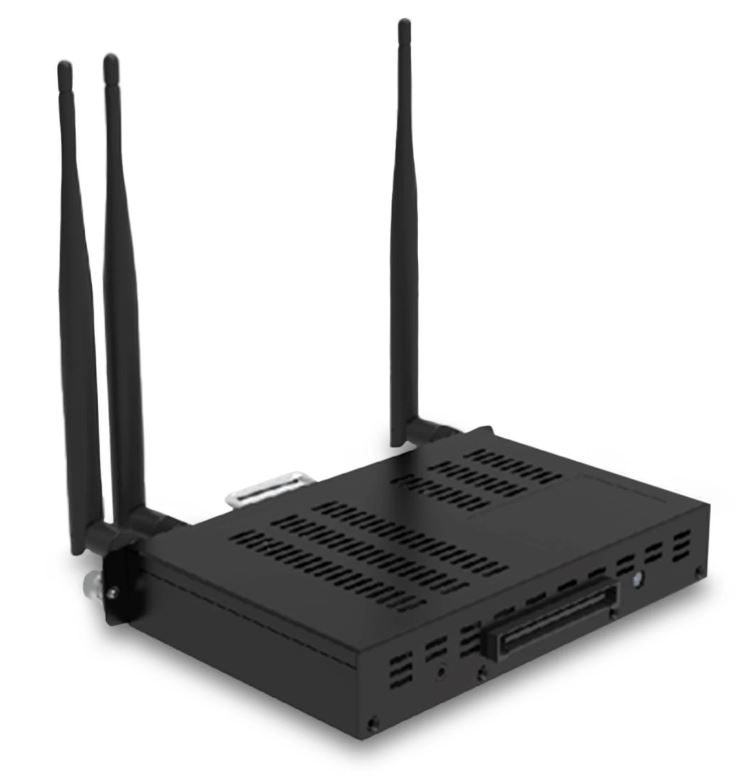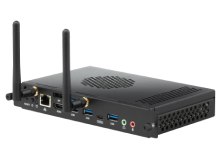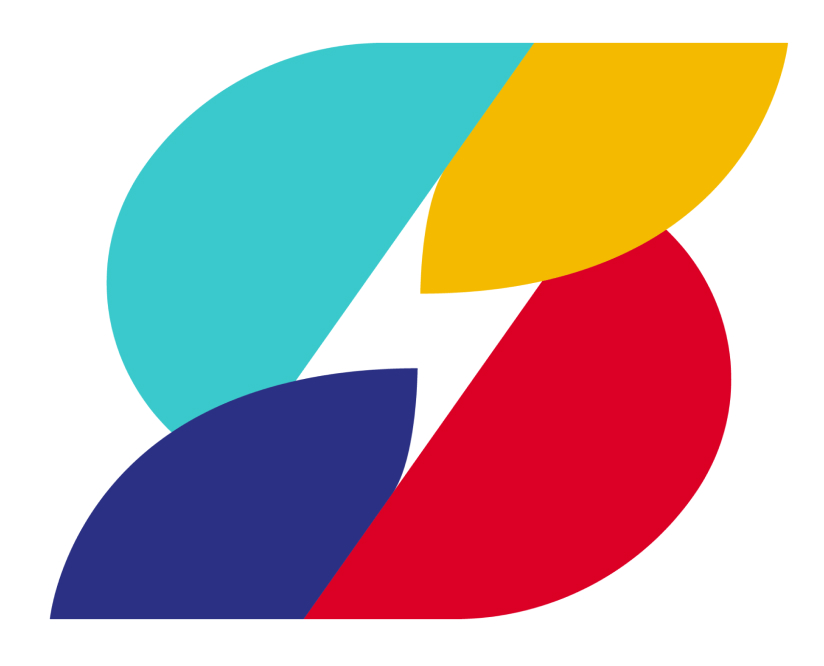Knowledge Base
Find guides and tips to make the most out of your ViewSonic software and hardware.
Help docs for ViewSonic Education and Enterprise software, ViewBoard interactive whiteboard
and more setup support.
Check our latest updates —
What's new?Learn more
-
Request an entity account
-
Entity types
-
Entity Management console
